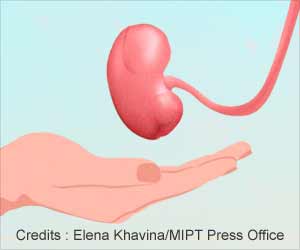Researchers have suggested a sleeping disorder called the REM behavior disorder could be an early sign of developing neurodegenerative diseases.

Dysfunction associated with dopamine in the brain marks the first hints of Parkinson's disease.
In order to gauge the relationship between the REM sleep disorder and neurodegeneration, scientists performed molecular neuroimaging using a technique called single photon emission computed tomography (SPECT), which allows clinicians to evaluate bodily functions instead of focusing on structure, the forte of conventional radiology.
"Our SPECT study showed a trend toward decreased dopamine transporter density in the brain and Parkinsonism in the follow-up data of patients with REM sleep disorder who had no previous evidence of neurodegenerative disease," Hongyoon Choi, MD, a PhD candidate and researcher in the department of molecular medicine and biopharmaceutical sciences at Seoul National University Bundang Hospital, Sungnam, Korea said.
"To our knowledge, a study looking at a long-term link between the two has never been conducted before," Choi said.
A total of 21 consecutive patients with no known Parkinsonism or cognitive decline were enrolled in the long-term study between 2004 and 2006 and were followed after about 8 years. A baseline SPECT scan of dopamine transporter function was performed with the radiopharmaceutical I-123 FP-CIT as an imaging agent. A follow-up scan was performed to assess progression of neurodegenerative disease.
Advertisement
A lack of tracer binding in these regions of the brain is closely linked to neuronal degeneration and the development of dementia and movement disorders.
Advertisement














